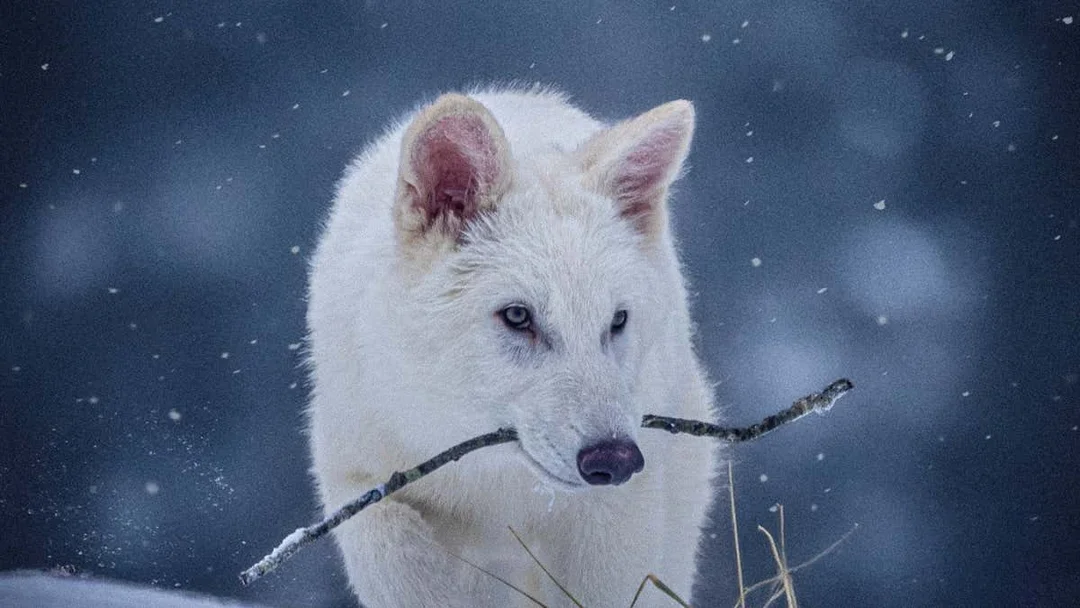
The Controversial Revival of the Dire Wolf: A Conservation Dilemma
The recent announcement by Colossal Biosciences regarding the creation of genetically engineered dire wolves has stirred a significant debate among conservationists and the scientific community. This development is important not only for its implications in genetic engineering but also for the broader conversation about extinction and conservation efforts.

Colossal Biosciences claims to have successfully created three canids that resemble the extinct dire wolf (Aenocyon dirus) through gene-editing technology applied to grey wolf (Canis lupus) embryos. However, this experimentation has been met with criticism from the International Union for Conservation of Nature (IUCN), which expressed concerns that such projects could mislead the public into thinking that extinct species can be readily revived.
Critics argue that the attempt to de-extinct a species could dilute the seriousness of current conservation efforts, potentially undermining initiatives aimed at preserving endangered species in their natural habitats. By creating species in a lab, there is a risk of fostering a false sense of security that leads to neglect of existing ecosystems and species that are still in peril.
The IUCN's expert group on canids underscores the necessity of addressing the real threats facing species today. As biodiversity continues to diminish as a result of habitat loss, climate change, and human activities, the focus should remain on conservation rather than resurrection.
This situation raises a profound question: should we prioritize conservation of the species that currently exist and are on the brink of extinction over efforts to bring back those that are already lost? It also brings to light the ethical implications of playing God with nature, where the consequences of our actions might not be fully understood.
Ultimately, while the scientific community is often lauded for its innovative technologies, it must tread cautiously with respect to the intricate balance of ecosystems. The case of the dire wolf is not merely a scientific challenge—it's a reflection of humanity's relationship with nature and our responsibility to foster a sustainable future.
As we continue to explore the boundaries of science and conservation, what are your thoughts on the idea of de-extinction versus active conservation efforts? Share your opinions and let’s engage in this critical dialogue.